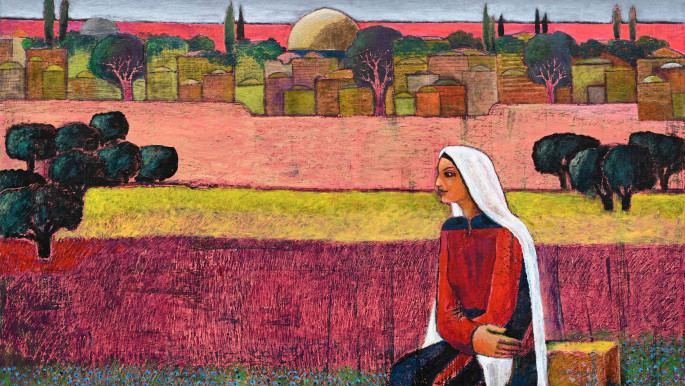
My latest piece about Nabil Anani’s new show, currently at Zawyeh Gallery, just came out for The New Arab.
Nabil is one of the founders of the contemporary Palestinian art movement. His works highlight Palestine’s folkloric culture and seek to foster national pride beyond Israel’s 75-year occupation.
Read More


![Works by Zeinab Saab as part of A thought is a memory, curated by Noel Maghathe. Presented by CUE Art Foundation, 2023 [Photo by Filip Wolak]](https://i0.wp.com/www.middleeastmonitor.com/wp-content/uploads/2023/04/My-project-1-5.jpg?resize=1200%2C800&quality=85&strip=all&zoom=1&ssl=1)


![A new show in Tripoli looks at 70 years of Libya’s consumer culture. [Photo By Najlaa Elageli]](https://i0.wp.com/www.middleeastmonitor.com/wp-content/uploads/2023/03/A-new-show-in-Tripoli-looks-at-70-years-of-Libyas-consumer-culture.jpg?resize=1200%2C800&quality=85&strip=all&zoom=1&ssl=1)







